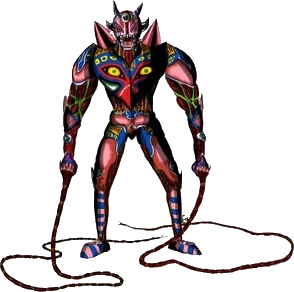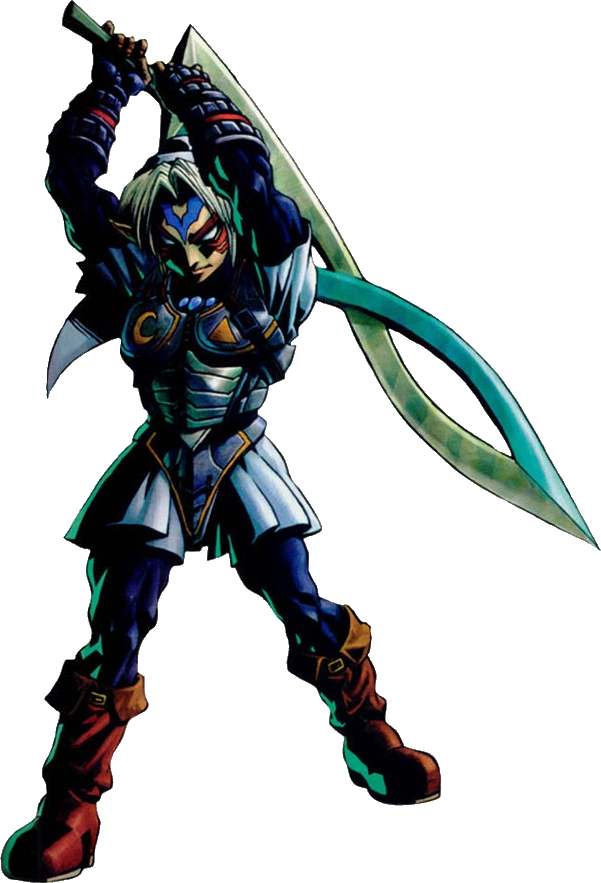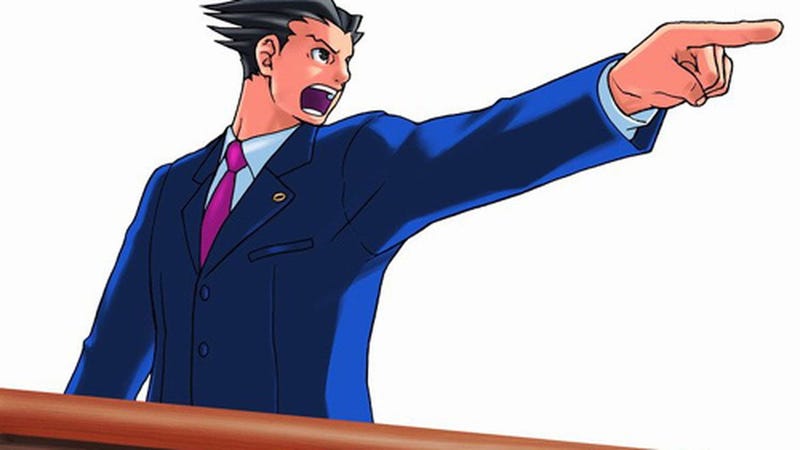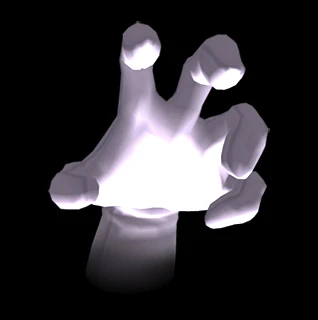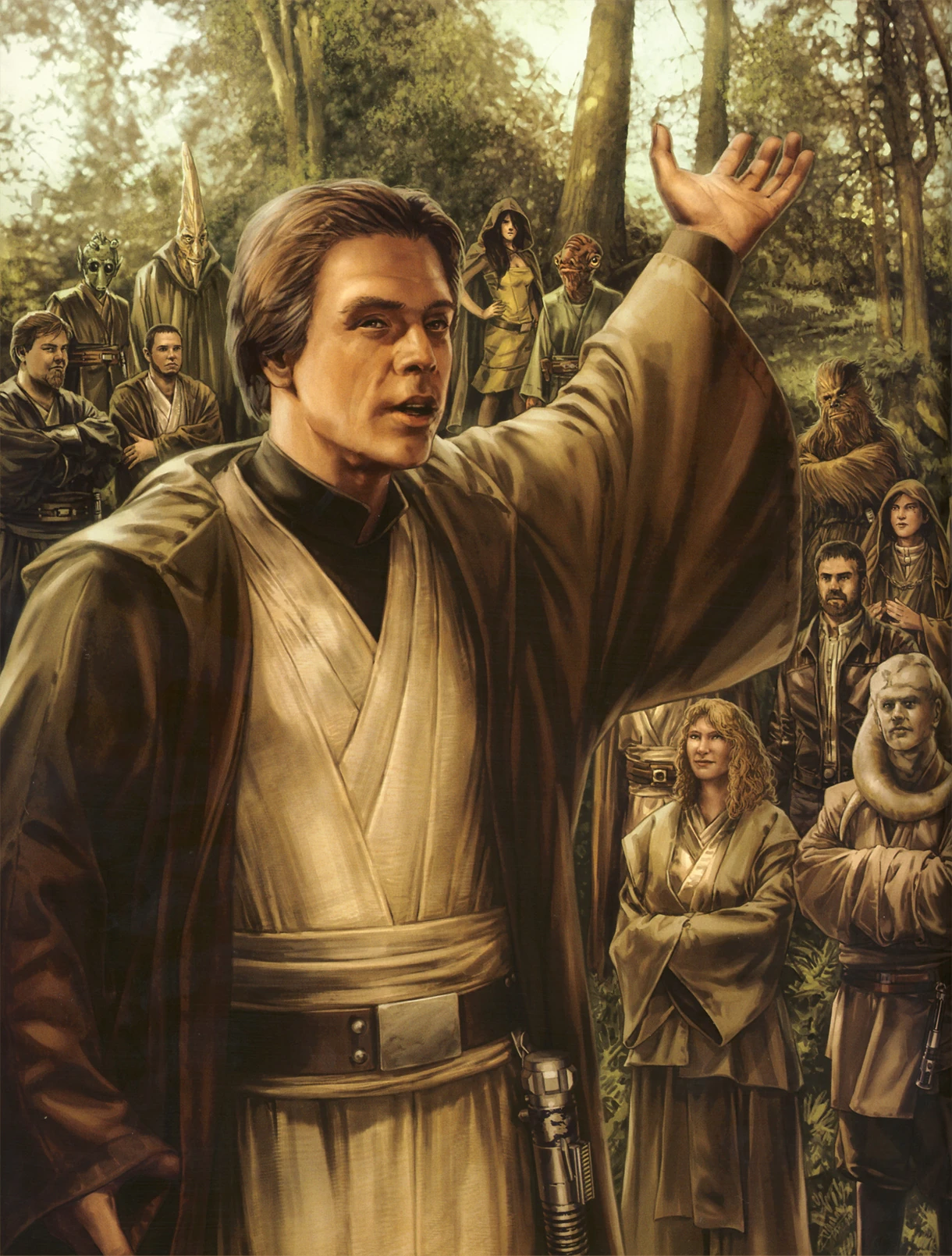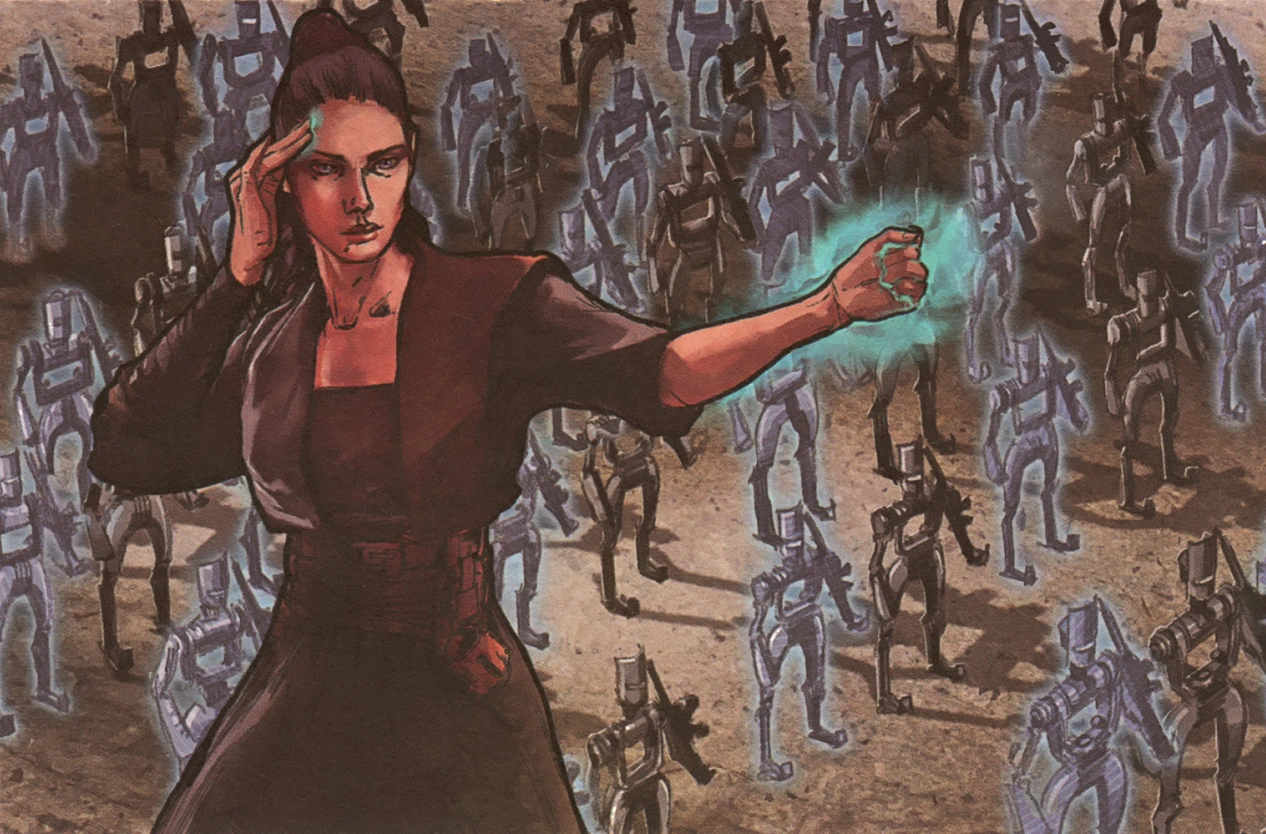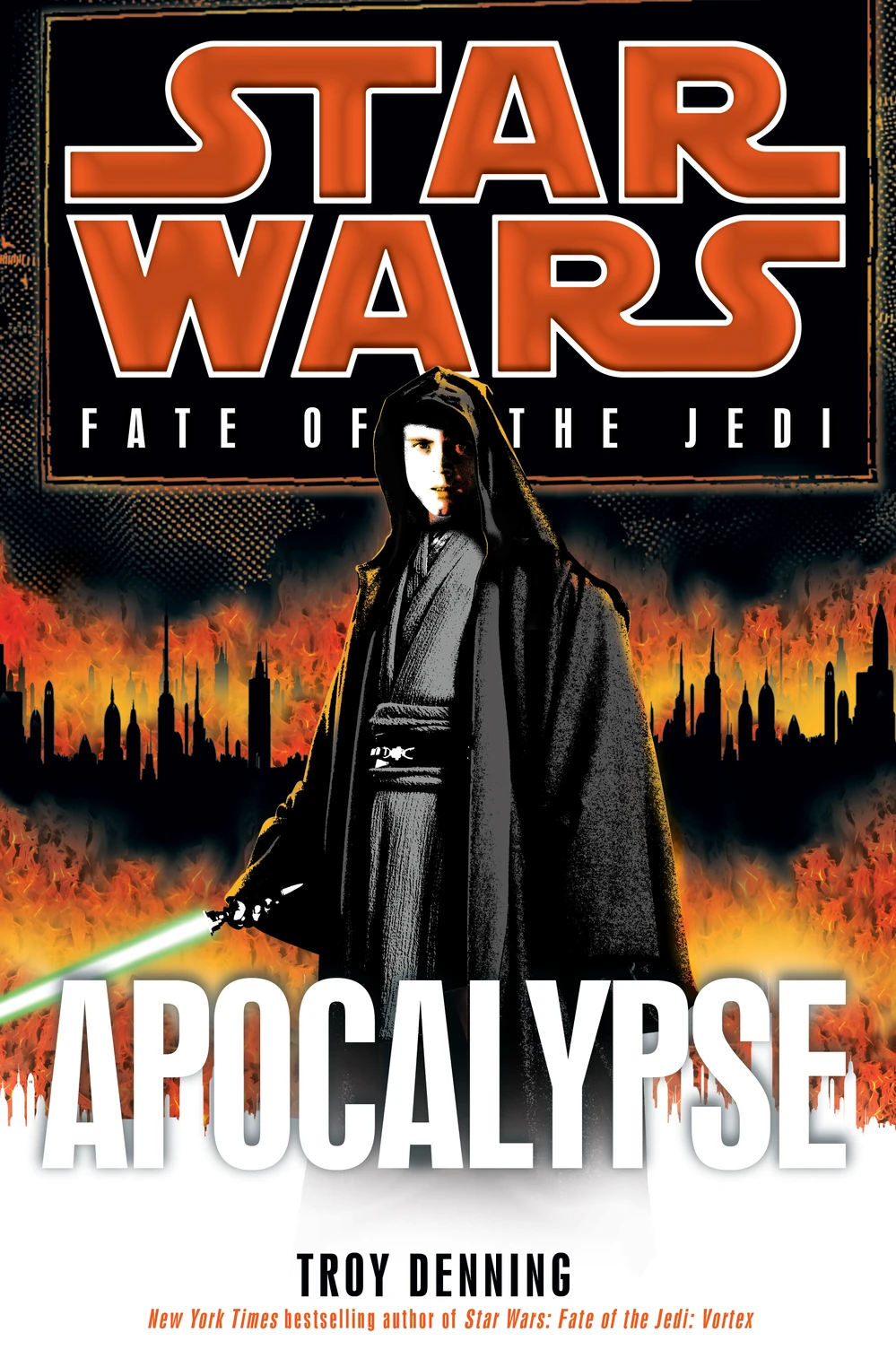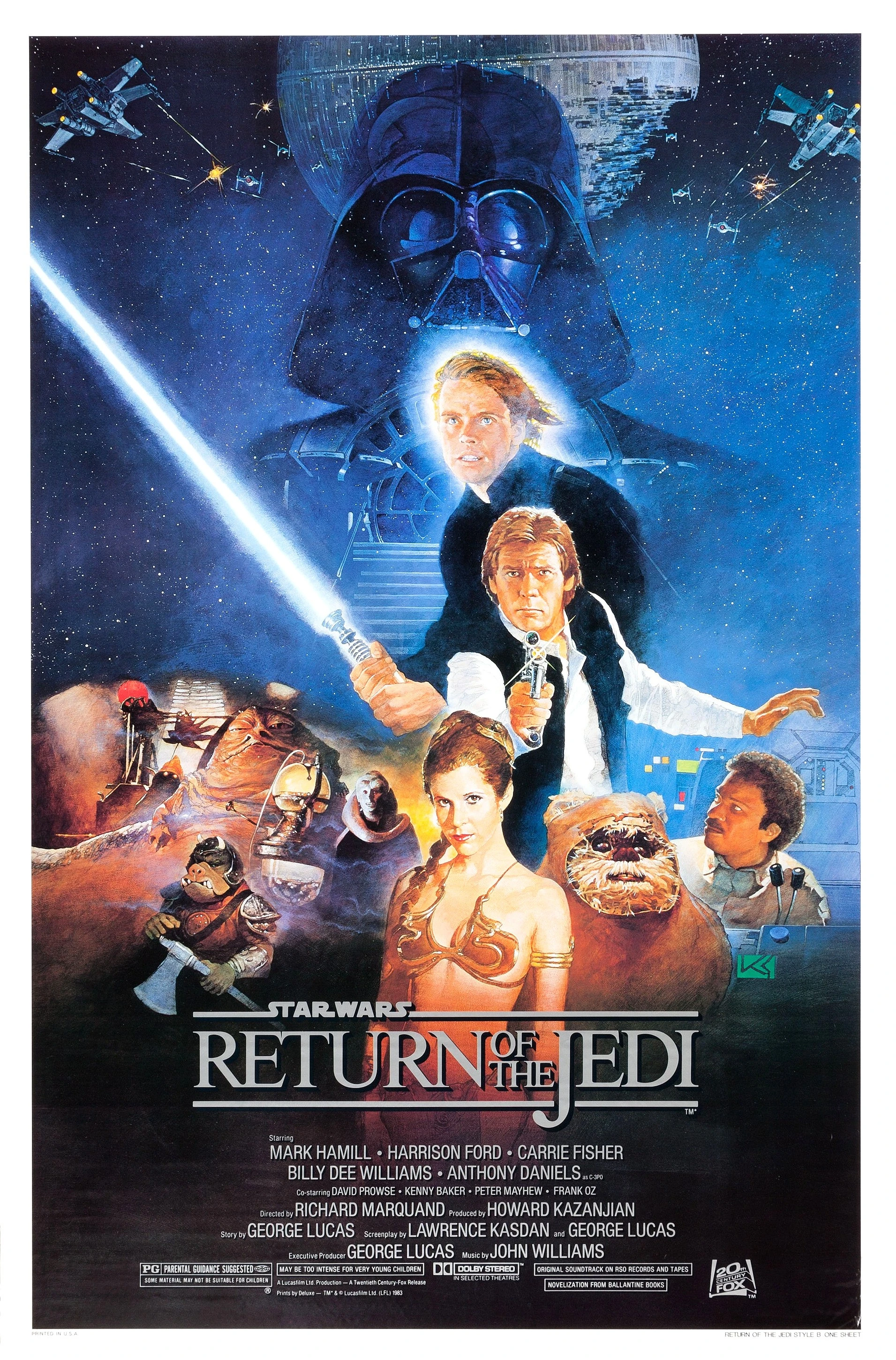Legend of Zelda Tier
List
If you VS debate, I’m sure it has come to your attention
that there’s a lot of confusion surrounding the Legend of Zelda series in terms
of where its characters stand and who scales to whom. This mostly stems from
sites using secondary or tertiary sources of information and arbitrary
statements, along with plenty of favorable assumptions and guesswork putting
characters far higher than they have any business being, and scaling characters
to each other without much logical reason. With this list, I will instead be
pulling information directly from the games themselves, as they are the primary
canon and thus the most reliable source, and will only be using secondary canon
like guidebooks or creator interviews if no other information is available, or
as a supplement to already existing information. Wiki pages will also be used,
but only for displaying lore-based background information and text that appears
in the games.
And of course, I will not be listing EVERY enemy, boss or
character, as I would be essentially repeating myself and will be forced to
speculate where there is basically nothing to draw from. However, I will list
of some of the fodder enemy types as a reference point for other beings and
characters.
This tier list is loosely based on ThorGunderson’s Ben
10 tier list.
Skulltulas and
Walltulas
Basically just large spiders. The children of Kokiri Forest
or Ordon Village can easily kill one with a seed launched from a slingshot.
Shadow Insects
The fodder of the Twilit enemies, the sole purpose of these
bugs is to carry a small fragment of the essence of a guardian spirit. They are
capable of becoming invisible and discharging a small electric shock. Link in
wolf form can easily kill them in one bite to help in restoring said spirit’s
power. They are ultimately a minor inconvenience to Link’s quest in Twilight
Princess.
Stalkins
These pint-sized piles of bones are the weakest of the
undead Stal types of enemies. They often appear in groups as they are only a
threat in large numbers. They are armed with spears and wear minimal armor, but
they are easily disassembled by being stomped on or rolled into with the Iron
Boots, let alone with bombs and other weapons.
Bokoblins
The most common of Ganon’s forces. They are unintelligent
and beastlike, though they are capable in combat and they carry weapons and
shields. They are known for ambushing and attacking travelers.
Moblins
The grunts of Ganon’s army. They carry long spears or axes
and can often be found patrolling around temples or castles. The Sheikah Slate
data entry on them reads: “their legs alone strong enough to resist the
force of a bomb blast.”
Hylians
The elf-like inhabitants of Hyrule. They are referred to by
the other races as the ‘humans’. And for all intents and purposes, they are
similar in most attributes to humans. In terms of stats, however, they are
quite variable, as some are lower than peak human, yet Hylian Knights are
capable of driving out Ganon’s forces from populated areas, and during the Imprisoning
War they fought off hordes
of Moblins. The mayor of Ordon Village often wrestled Gorons (see
below) for sport. Some are even capable of magical abilities. They are also
capable of living for upwards of a couple hundred years.
Gorons
Gorons are rock-people who usually reside on Death Mountain.
They make a living by mining and providing Hyrule with jewel stones and
precious metals. Going into the active volcano of Death Mountain is no trouble
for them, as they can wade through lava relatively unaffected. They are known
for handling heavy mining equipment and explosives. They can bust through large
boulders and rock walls with their bare fists,
and Darmani’s little brother in Majora’s Mask is completely unshaken by a
powder keg detonating
near him.
Guardians
These spider-tanks are the bane of all new players of Breath
of the Wild. They can be found practically anywhere, and they fire a beam of
concentrated energy that will incinerate most targets. They were originally
designed to defend Hyrule Castle from Ganon and his monsters, but he was able
to possess them. 100 years before the events of BotW, they relentlessly pursued
Zelda and Link until the latter was weakened to a near-death state (it is to
note that this was before he got all the weapons and armor, and various power
boosts from the shrines and Champions after he awoke a century later, and it is
implied he fought Ganon just before). Look out, here comes the spider-tank!
Stone Talus
Giant earth elementals that resemble massive rock
formations. Most have a weak point that is protected by the rest of their large
stone bodies. They are capable of sending Guardians flying with one punch,
and their beams won’t even put a dent in a Talus. There are also different
types such as an Ice Talus and Magma Talus.
Lynels
Lynels are basically centaurs with lion heads, only arguably
way worse. They are highly intelligent, incredibly strong, and insanely
durable. They are by far the strongest non-boss enemies, and the Sheikah Slate
database reads things such as “facing a Lynel is ill-advised”, “each of their
attacks is an invitation to the grave”. It also says that they are resistant to
all types of elemental attacks, and it’s likely that they are highly resistant
to light magic as well, since they take minimal damage from the Master Sword
and several strikes to them can quickly deplete it of energy. The most powerful
weapons will also break against their skin. And though you may claim this to be
a game mechanic, NPCs in the game will remark on how they sense certain
legendary weapons have left the world and Link will have to repair them.
They possess massive shields and melee weapons such as clubs
and weapons that can only be described as huge man-sized hunks of metal. Lynels
carry bows that usually fire elemental Shock Arrows, which they can fire with
keen accuracy up to three shots at once. They can release fireblasts from their
mouths and are capable of producing a large explosion from their bodies.
The Bosses
I would like to name a specific individual that could take
this spot, but honestly there are so many bosses that are around the same level
that any of them could. In Ocarina of Time, there is Volvagia, the subterranean
lava dragon who eats Gorons and casts a stormcloud over Death Mountain, and
Morpha, who according to Navi has “absolute control of water” and freezes
Zora’s Domain. Goht in Majora’s Mask causes perpetual Winter on Snowhead
Mountain until killed, and Twinmold casts a curse of undeath across Ikana
Canyon. Gohma’s DC was calc’d
to about 13 tons (city block level) and Morpha was calc’d to 1.4 kilotons (high
end MCB). The Blight Ganons in BotW took over the Divine Beasts. Most of these
bosses are on the high end of Multi-City Block level.
The Triforce Heroes
The three Links who appear in Triforce Heroes.
Unfortunately, not many feats exist for them other than defeating bosses such
as Moldorm, who was a boss in A Link to the Past. They also have various
costumes that grant them various abilities, such as the Serpent’s Toga that
makes them invulnerable to attacks in the game provided they are standing
still. Despite them being named Link and going on an adventure, none of them
are actually the incarnation of the Goddesses’s Chosen Hero, that would be Link
in A Link Between Worlds.
Zelda
You may take issue with her being so low on this list
(honestly her being this high is being generous), but her feats are few and far
in between, and she often gets captured or defeated by the likes of Zant,
Agahnim (who turns out to be Ganon) and Vaati. Though her power stems mainly
from her light-based magic and evil-sealing abilities, she has little to no
combat feats as she is clearly not a fighter outside of being Sheik.
Even then, it’s not very clearly shown what exactly she can do aside from play
some of the magic songs for Link and conjure a small sandstorm or fire,
surviving being ragdolled by an evil spirit, and jumping into a lake from a
high tree. Aside that, she can teleport herself and others to a spiritual plane
and enlist the help of the Sages or guardian spirits. She can conjure Light
Arrows and cast light magic that momentarily stuns Ganon. In
BotW, she dispelled
Ganon’s affect on several Guardians and survived being sealed in
Calamity Ganon’s pocket dimension for 100 years.
Zant
Zant is the usurper of the Twilight Realm, who transmuted
its inhabitants into deformed beasts. He is capable of casting his magic across
town-sized areas, and anyone under its effects will become spirits. He brings
Link to his own building and town-sized pocket dimensions where he fights him.
He also turned Midna into her imp-like state.
Midna
Midna aids Link throughout his adventure in Twilight
Princess. She displays a slew of powers such as teleportation, shadow travel,
telekinesis, and intangibility. She kills Zant after he fights Link and with
the Fused Shadows she clashed with Ganon in his spirit form, causing an explosion
that destroyed Hyrule Castle and the surrounding town.
Vaati
A sorcerer and former student of Ezlo (before he became a
bird…hat…thing) who became lustful for power after he “became corrupted by the
hearts of men” … whatever that means. He is the main antagonist of Minish Cap
and Four Swords Adventures. He is responsible for creating the Shadow Links and
turned Zelda to stone. Vaati is also capable of shapeshifting. He transforms
Hyrule Caste in his own image, ruins towns and villages with typhoons, and
battles the four Links.
The Four Links
Link as he appears in Four Swords, aka “Link times 4”. After
drawing the Four Sword, he splits into four identical Links. They cooperatively
traverse through dungeons and defeat Vaati. They possess magical items such as
the Gnat Hat which functions similarly to Ezlo in Minish Cap, shrinking them to
the size of an insect. They can wear the Pegasus Boots that greatly boost their
speed, allowing them to clear fields in seconds. The Links also have a Bow-Wow
as a pet/weapon, basically a Chain Chomp from the Mario series that allows them
to bust through walls. The Four Sword then reappears in Four Swords Adventures
when Vaati resurrects.
Girahim
One of the main antagonists of Skyward Sword. He has
teleportation abilities and can summon blades. He can also summon hordes of Bokoblins
and Moblins and battles some of the guardian spirits and Link several times.
Towards the end of the game, it is revealed that he is a weapon created by
Demise.
Ganondorf Dragmire
The image above is from Hyrule Warriors which is non-canon,
but I just love the design so much. Ganondorf Dragmire or simply Ganondorf is
the version of Ganon who appears in Ocarina of Time, Twilight Princess, and
Wind Waker.
In Gerudo Desert, the Gerudo race is populated by only
females. However, it is said that if a male Gerudo is born, he shall rule as
their king. Eventually Ganondorf was born, who is the mortal reincarnation of
Demise. He become a powerful sorcerer and skilled thief, and after Link drew
the Master Sword he unknowingly left open a portal to the Sacred Realm, where
Ganondorf seized the Triforce of Power. With it, he is granted additional power
and abilities, and survives for hundreds of years reappearing in different time
periods and plaguing the descendants and incarnations of Link and Zelda. He
creates most of the monsters that appear in Hyrule, resurrects ancient monsters
like Volvagia, places a massive boulder in front of Dodongo’s Cavern, and is
capable of BFRing
beings into pocket dimensions. He tanks blasts from Midna with the
Fused Shadows and has two island level feats from Wind Waker: destroying Greatfish
Isle and conjuring a storm over the
entirety of the Great Sea.
The Hero of the Skies
Link as he appears in Skyward Sword. He lives in a
high-altitude area above the clouds and can crush large stone pillars and a giant gold automaton.
He wrestles free from the tentacles of and defeats a seamonster that can easily
pierce through the hull of a ship. He also defeats Girahim, The
Imprisoned, and Demise as he is slowly regaining his power from
Zelda’s spirit.
The Hero of Winds
Link as he appears in Wind Waker and Phantom Hourglass. Aka
“Toon Link”. This tough little guy got launched into the wall of the
Forsaken Fortress no worse for wear, and froze an active volcano
with his magic. He can control wind with the Wind Waker and summon gusts of
wind with the Deku Leaf. He also defeats Ganondorf.
The Hero of Twilight
Link as he appears in Twilight Princess. No, not Edward or
Bella. There are no heroes in that movie.
He sumo wrestles with Gorons (including one five times his
size wearing heavy armor) and has a ball and chain that destroys large sheets
of ice. The Triforce of Courage protects him from Twilight magic, which rather
than turning him into a spirit transforms him into a wolf, and can turn back
into a human with the Master Sword. As a wolf, he is capable of attacking
intangible beings such as ghosts. He also defeats Zant and Ganondorf in
one-on-one combat.
Farosh
Farosh is one of the guardian spirit dragons in Hyrule, its
element being lightning. Shay the traveler in Breath of the Wild has this to
say about it: “Hey, buddy! Got a map? So on this map of yours, do you see
Dueling Peaks to the north of here? Well, apparently that used to be just one
mountain a really long time ago. The legends say a dragon god split the
mountain in half to forge a way through, and that's how it went from one to
two. Recently, some are even saying they've seen the shadow of a large creature
on the surface of Lake Floria!” For reference, the Dueling
Peaks are this big.
Ganon
Ganon as he appears in the Downfall Timeline (in other words
A Link to the Past and Zelda 1 and 2) who seems to be different from the Ganon
who appeared in Ocarina of Time. This version wields a trident and is more hulking,
monsterous, and piglike in appearance. He is also physically the strongest and
most durable version of Ganon (aside from BotW), able to take several slashes
from the most powerful version of the Master Sword relatively unphased before
becoming weakened. He can transform into different animals such as a bat,
create fire bats that swarm and set ablaze the arena, turn invisible, use
telekinesis, teleport, and use different types of energy blasts. The versions
of Ganon that appear in the Oracle games and Four Sword Adventures are
considered separate entities, though this version is likely stronger. The
wizard Yuga also attempted to merge with him in A Link Between Worlds.
Link (Zelda 1 and 2)
This Link took down massive dragons like Gleeock and
Aquamentus. He also killed several Lynels. Impressively, he took on Ganon
without the Master Sword, though he did have Silver Arrows which “turned him to
red mist” (come on, we all know that’s really blood).
In Zelda 2, he defeats Dark Link and prevents Ganon’s
resurrection. He also gains shapeshifting powers such as turning into a fairy
and flying through stages, and also can become invulnerable temporarily.
The Hero of the Past
Link as he appears in A Link to the Past, a prequel to Zelda
1 and 2. This version of Link has some of the most powerful abilities and
weapons in the Zelda canon. He has the Magical Cape which turns him invisible
and intangible, and crushes the Helmasaur King
with the Magic Hammer. He has Silver Arrows and the most powerful variation of
the Master Sword, the Golden Master Sword, which was tempered by dwarves and
blessed by a Great Fairy. He also has the Ether, Bombos, and Quake Medallions,
the latter of which shook a whole plateau. He wears
the Pegasus Boots, which grant him speed similar to Goron Link’s rolling (see
below). And of course, he defeats Ganon.
The Hero of Time
Link as he appears in Ocarina of Time and Majora’s Mask. He
also appears in Spirit Form as the
Hero’s Shade in Twilight Princess. As his title suggests, he has various
methods of time manipulation, such as time slowing, time reversing, and time
acceleration. He is also capable of summoning storms and teleporting to various
locations. He has magical attacks like Din’s Fire which releases a large
room-sized fireblast and can put up energy barriers around himself. He can
rotate entire
rooms around by pushing them and lifted a giant stone obelisk
(with the Golden Gauntlets), estimated to weighing roughly 1000 tons (his body
can also support the weight). And of course, he defeats Ganondorf and wears
down his transformed state of Ganon with the Megaton Hammer and Biggoron’s
Sword before he was sealed away by Zelda and the Sages.
In Majora’s Mask, he receives various powerups, weapons and
abilities. He gets his durability doubled by one of the Great Fairies (which
was already impressive enough on his own since he just fought Ganon) and
obtains the Great Fairy Sword, which is proclaimed as being “the
most powerful of all blades”. This is more than just a baseless
boast, as it was created by the Great Fairies, who according to Tatl could
defeat the Skull Kid who at the time had Majora’s Mask. It is also highly
effective against Majora’s second form. He also has the Stone Mask which makes
him unnoticeable to enemies, the Lense of Truth which allows him to see through
illusions, and the Goron Mask which allows him to inhabit the body of a Goron,
increasing his physical strength and allows him to clear Termina Field
in less than a minute via rolling. To determine how impressive this is, we are
told in Majora’s Mask that the Four Giants took 100 steps from Clock Town
(which is in the center of Termina Field) to the four main locations in the
game. We can see from a cutscene that these giants are a bit taller than the
clock tower in Clock Town, and according to this
site the average height of a clock tower is around 600 feet
tall. This means if Goron Link rolls
from Clock Town to one of the four main locations, his speed would be about 304
meters per second, about 0.8 Mach. This would apply to his reaction
time as well considering he would be dodging boulders, walls, and other
hazards. Even if we use the in-game countdown timer (which is honestly
ambiguous on its own since it takes Sakon an hour to enter his lair
from a relatively short distance, so I wouldn’t take it at face value) and
assume this takes 30 minutes, it’s about 14 m/s which is well above peak human.
He also possesses the Fierce Deity’s Mask, which allows him to assume the form
of one of the most powerful characters in the Zelda canon, Fierce Deity Link.
So powerful, he’s several levels higher than most everything else on this list,
so I felt I had to put him in a separate entry to express the vast power
difference.
While the HoT is one of the strongest Links and in base form
has the weapons capable of damaging Majora in his first and second forms, his
final form is a different story, and he is susceptible to a Majora’s
Mask-possessed Skull Kid’s hax and DC, as the massive explosion caused by him kills him
if he doesn’t stop him in time.
Divine Beasts
The Divine Beasts are essentially giant mechs piloted by
Champions chosen by Hylia. Vah Naboris is capable of causing thunderstorms
throughout Gerudo Desert and Vah Ruta produces enough rain to flood the dam at
Zora’s Domain. A coordinated assault from all four of them is meant to destroy
Calamity Ganon.
Calamity Ganon
Despite not possessing the Triforce of Power, this is the
most powerful incarnation of Ganon, and likely the last. After suffering defeat
so many times over the centuries, Ganon gave up on resurrection and somehow
left his physical form to become the true incarnation of hatred itself that
Demise intended. His presence produces Malice across the Hyrule kingdom, which
is a life-draining goo that is highly corrosive and can produce the undead
floating heads of enemies. He also resurrects the Lynels and creates thousands
of Bokoblins and Moblins, and possesses all of the Guardians. He also creates
the Blight Ganons, which are extensions of his consciousness that he placed
inside each of the Divine Beasts to kill its Champions and take them over from
the inside. In the presence of a Blood Moon, he is able to resurrect all
enemies killed by Link.
He also created a makeshift body of Guardian parts stitched
together with Malice. This body takes on Link and survives an indirect blast
from the Divine Beasts. He puts up an energy barrier around himself that deflects hits
from the Master Sword. He also has another form called Dark Beast Ganon
that storms across Hyrule Field.
The Hero of the Wild
Link as he appears in Breath of the Wild. Aka “Champion
Link”. Prior to his hundred-year nap, he was the appointed guardian knight for
Princess Zelda, protecting her from enemies such as the ninja-like Yiga Clan
and hordes of Moblins
and Lynels. He is eventually weakened after an unprepared fight
against Calamity Ganon and a large group of Guardians. He is mortally wounded
and taken to the Shrine of Resurrection, where he is put into a comatose state
until he regains his full strength 100 years later (you would think they would
try to heal him and wake him up a bit earlier than that). Upon awakening, he
travels the world and collects spirit orbs from 120 shrines which he trades for
various power boosts at Goddess or Demon statues. He infiltrates the Yiga Clan
Hideout and kills their master. He also retakes the Divine Beasts and is given
the magical abilities of the fallen Champions, including Mipha’s Grace, which
will revive and fully heal him upon death, Revali’s Gale, which allows him to
summon a gust of wind and leap several hundred feet into the air and glide,
Darruk’s Protection, where the spirit of the Goron Champion will surround Link
in an energy barrier and parry attacks, and Urbosa’s Fury, which summons
lightning strikes around Link’s vicinity. He collects various weaponry such as
the Champions’ legendary weapons as well as the Master Sword, and armor he
picked up from around the world. He
defeats the Blight Ganons and Calamity Ganon.
The Great Fairies
(Majora’s Mask)
(Again, image is from Hyrule Warriors. I’m a sucker for the
designs. Doesn’t look much different from the 3DS version anyway.)
The Great Fairies that appear in Termina possess a ton of
magical abilities. They are capable of healing and increasing Link’s power and
durability as well as granting him additional magical abilities. They create
the Great Fairy Sword and are as strong as Skull Kid under the influence of
Majora’s Mask. However, like Link, they are vulnerable to his hax as he was
able to shatter their bodies and essence to pieces and scatter them across the
four temples. However, it seems they are able to undo Skull Kid’s de-aging spell
on Kafei.
Skull Kid (with
Majora’s Mask)
The Skull Kid who Link met in the Lost Woods, after he stole
Majora’s Mask from the Happy Mask Salesman. Inside the mask manifests a
powerful demon that bestows its wearer great and terrible power and manipulates
them into inflicting chaos and misery onto others. He has various abilities
such as teleportation, levitation, transmutation, and soul manipulation. Upon
meeting Link he took the soul of the Deku Butler’s deceased son and merged it
with Link, transforming him into a Deku Scrub. He conjured the four bosses of
each temple that cast various magical affects across the main areas (like the
aforemention Goht and Twinmold). As mentioned before, he scattered the essence
of the four Great Fairies. But, most impressively, he created a miniature moon
as a dark omen for the inhabitants of Termina and slowly brings it closer to
the earth to terrify the inhabitants of Termina before finally crashing it into
Clock Town at midnight on the night of the Carnival of Time. What makes this so
impressive is the massive explosion this causes. This explosion is so
devastating and so fast that it destroys all of Termina and will engulf
and kill Link wherever he is on the map, be he undergound or atop Stone Tower.
It’s because of this that this explosion is calculated
and generally accepted to be multi-continental+
in terms of Destructive Capacity. The ancient tribe who used the mask in hexing
rituals were able to create a similar explosion.
The Four Giants
The Four Giants are the guardian protector spirits of
Termina. Link plays the Oath to Order to summon them to the Clock Tower where
they stop the moon when Skull Kid is attempting to crash it down. They successfully prevent
it, and Skull Kid passes out from the strain of pushing against
them.
Majora
After Skull Kid goes unconscious, the mask leaves him behind
to go inside the moon and add his power to it, and the Giants begin struggling.
There, it confronts Link and breathes life into the remains of the bosses he
defeated to attack him. After they are defeated, he transforms into Majora’s
Incarnation and begins frantically dashing around the stage. After this form is
defeated he transforms into Majora’s Wrath (pictured above), the full-power
manifestation of the demon Majora allowed by the mask.
Fierce Deity Link
The Hero of Time after donning the Fierce Deity’s Mask. Said
mask emanates dark power that is speculated in-game to be “even worse than
Majora”. Fierce Deity Link is an immensely powerful and wrathful god whose
energy effortlessly destroys Majora and disintegrates his moon along with him.
Little is actually shown about him because his appearance is so brief, but he
is clearly established as one of the strongest if not the strongest character in the Zelda canon (other than maybe Demise
and Hylia herself).
Demise
The final boss of Skyward Sword who is said to be the source
of all evil beings in the Zelda verse. Fi states that he has “conquered time
itself”. Throughout the game, he attempts breaching the physical plane as The
Imprisoned. He is capable of conjuring storms and summoning lightning strikes.
After his defeat at the hands of Link, he promises that an incarnation of his
hatred would forever plague the forces of light. It is to note, however, that
in the battle that took place at the end of SS Demise was not yet at full power
as Girahim’s resurrection ritual was not complete, otherwise the Hero of the
Skies would be much higher on this list. At full power he was able to hurt the
Goddess Hylia.
The Three Golden
Goddesses
The three Goddesses Din, Farore, and Nayru who created the
earth and its inhabitants. After leaving the mortal plane they left behind a
bit of their essence in the form of the Triforce. The Triforce, when all three
pieces are together, is capable of granting one wish. Link in Skyward Sword
wished for the permanent destruction of Demise (which
dropped Skyloft on top of him) and in A Link to the Past he wished everyone a happy end. Ganon's wish changed the Golden Land to the Dark World.
Hylia
Hylia, the main goddess in Zelda lore who created the Three
Goddesses and most of the guardian spirits in Hyrule. She created the Goddess
Sword, later the Master Sword, and grants Link various stat boosts. She was reborn
as a mortal in Zelda, although it seems she is able to still manifest her own
consciousness to speak to Link through Goddess Statues.
So, to recap:
Fodder Tier:
Skultullas
Shadow Insects
Stalkins
(Many
others not listed)
Sub-human to Peak human Tier:
Bokoblins
Hylian civilians
(Many others, see link above)
Wall level Tier:
Moblins
Gorons
Hylian Knights
Guardians
Building level Tier
Stone Talus
Lynels
Multi-City Block Tier
The Bosses
The Triforce Heroes
Zelda
Town Level Tier
Zant
Midna
Vaati
The Four Links
Island Level Tier
Girahim
Ganondorf
The Hero of the Skies
The Hero of Winds
The Hero of Twilight
Farosh
Ganon
Link (Zelda 1 and 2)
The Hero of the Past
The Hero of Time
Country Level Tier
The Divine Beasts
Calamity Ganon
The Hero of the Wild
Continent to Multi-Continent Tier
The Great Fairies
Skull Kid (Majora’s Mask)
The Four Giants
Majora
Fierce Deity Link
God Tier (earth creation and able to hurt beings on that
level)
Demise
Golden Goddesses
Hylia
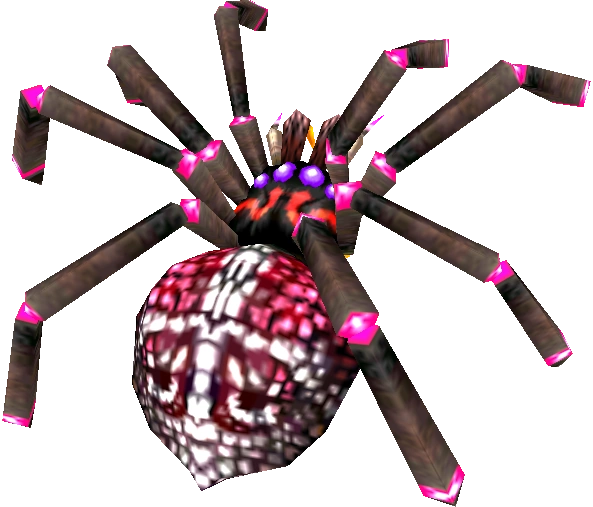


.png/revision/latest/scale-to-width-down/200?cb=20160623184611)
.png/revision/latest?cb=20090324215003)
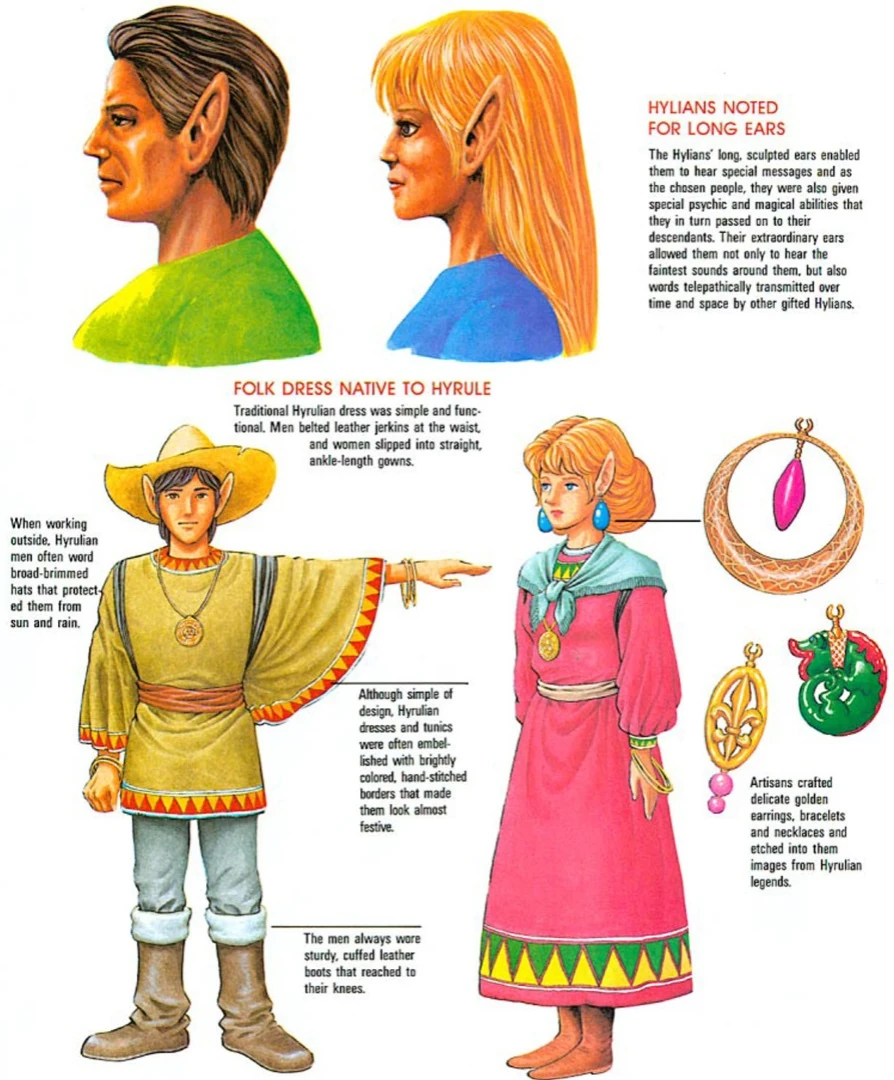
.png/revision/latest/scale-to-width-down/150?cb=20081107202405)



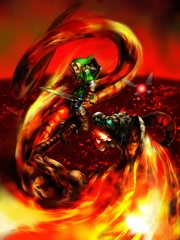
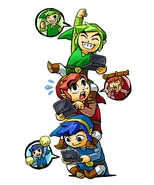
.png/revision/latest/scale-to-width-down/700?cb=20170306081400)
.png/revision/latest/scale-to-width-down/200?cb=20140806081858)
.png/revision/latest?cb=20160521025958)
.png/revision/latest?cb=20090316034238)
.png/revision/latest/scale-to-width-down/180?cb=20090725204722)
_2.png/revision/latest?cb=20150220173941)
.png/revision/latest/scale-to-width-down/150?cb=20140806004719)
.png/revision/latest?cb=20111010000515)
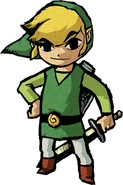
.png/revision/latest?cb=20160110211830)

.png/revision/latest?cb=20100413011018)
.png/revision/latest/scale-to-width-down/107?cb=20061113052854)

.png/revision/latest/scale-to-width-down/180?cb=20110423215024)
.jpg/revision/latest?cb=20170407151838)
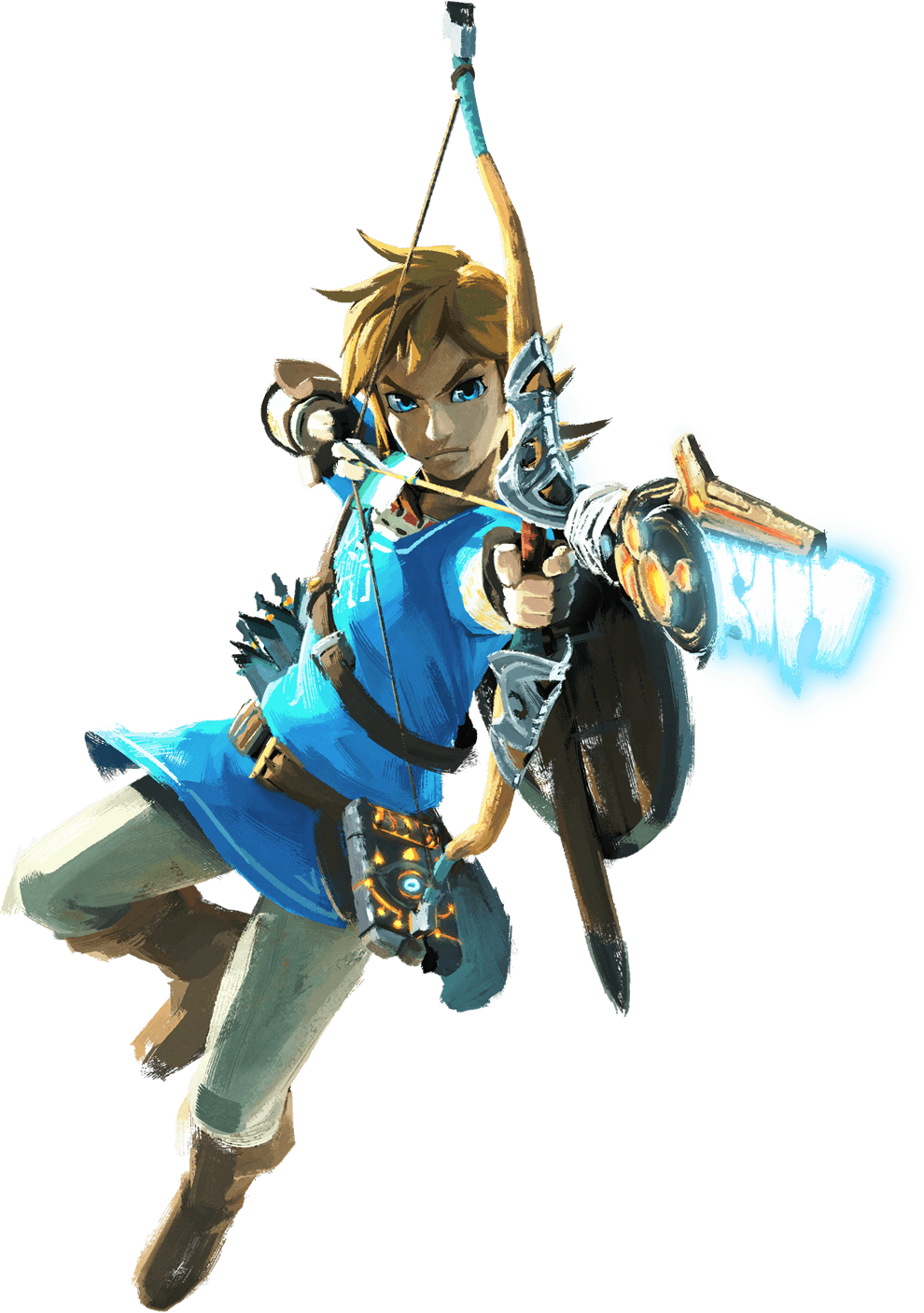
.png/revision/latest?cb=20141211025612)
.png/revision/latest?cb=20091016210740)

